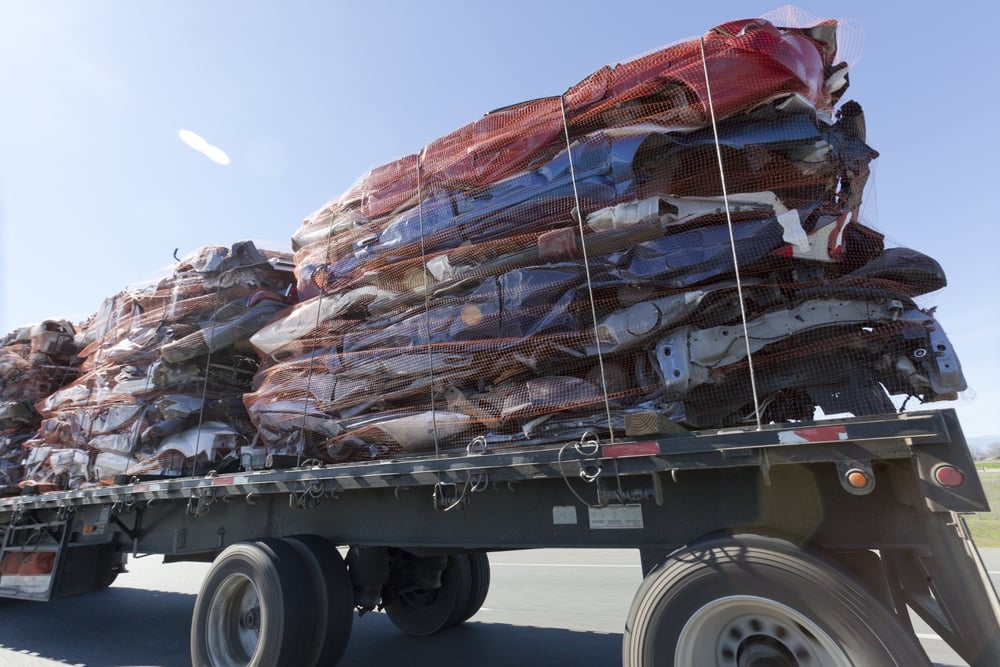Transportation and the moving of materials have been parts of the fastest growing segment of the job sector among small businesses in recent years.
Job searching site Indeed says growth among commercial drivers in the past three years has grown by 190 percent, far exceeding every other small business sector including construction and healthcare.
But whether you are looking to hire drivers for your small business or aim to become a driver, you should understand that certain vehicle operators need specialty commercial drivers licenses (CDLs) and special certifications depending on the type of vehicle to be driven or material or persons to be transported.
Federal law requires drivers of certain types of commercial vehicles to obtain a commercial drivers license.
The 3 Types of CDLs
There are three types of CDLS: Class A, Class B and Class C.
Class A
A Class A commercial driver’s license is required to operate any combination of vehicles with a gross combination weight of at least 26,001 pounds, including a towed vehicle heavier than 10,000 pounds.
A few of the vehicles that may be driven with a Class A CDL include:
- Tractor-trailers,
- Truck and trailer combinations, including double and triple trailers,
- Tractor-trailer buses,
- Tanker vehicles,
- Livestock carriers,
- Flatbeds.
Class B
A Class B commercial driver license is required to operate a single vehicle with a gross combination of weight of at least 26,001 pounds or any vehicle that is towing another vehicle weighing up to 10,000 pounds.
Some of the vehicles the holders of such a license may operate include:
- Straight trucks,
- Large buses, including city buses, tourist buses and school buses,
- Segmented buses,
- Box trucks, such as delivery drivers, couriers and furniture delivery,
- Dump trucks with small trailers.
Class C
A Class C commercial driver’s license may be required if the vehicle driven does not meet the criteria described for either a Class A or Class B license and is meant to transport at least 16 passengers, including the driver, or hazardous material as laid out by federal guidelines.
Examples of vehicles that can be operated with a Class C CDL include:
- Small hazardous materials vehicles.
- Passenger vans.
- Combination vehicles not described in class A or B, such as a small truck towing a trailer.
While every state issues its own licenses and individual states may have some of their own minimum requirements to obtain them, the Federal Motor Carrier Safety Administration maintains a framework of federal minimum regulations that govern commercial truck drivers.
To apply for a CDL in any state, you must already possess a valid non-commercial driver’s license. Common CDL license requirements usually include the following:
- Age restrictions,
- Personal identification documentation, including proof of citizenship,
- Medical and physical standards,
- Language requirements,
- Written and knowledge test(s),
- Skills and road test(s).
Depending on the type of vehicle to be operated or task to be performed, CDL drivers may need other certifications or endorsements, which are given to vehicle operators if they pass the qualifying tests.
The endorsement system is designed to quickly inform state troopers, police and licensing bodies about the skills and abilities of the driver. States may create endorsement classes of their own, but the following certifications are common to every state:
- T: Double/Triple Trailers (driver is licensed to pull more than one trailer at a time)
- P: Passenger (driver can carry passengers)
- N: Tank vehicle (driver can transport liquids in an appropriate vehicle)
- H: Hazardous materials (driver can transport hazardous materials, and has passed the accompanying TSA fingerprint background check)
- X: Combination of tank vehicle and hazardous materials (Driver can transport liquid hazardous materials or wastes)
- S: School Bus (driver
Driving into Sun, Flatbed Truck, Coal Truck, Hazmat Signs Photos via Shutterstock
The post originally appeared on following source : Source link
